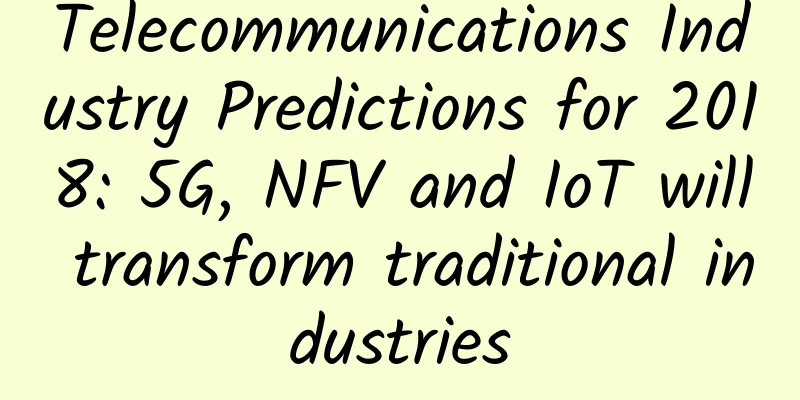5G Trend Prediction in 2021

|
More than a year after 5G was launched for commercial use, China has built the world's largest 5G network. According to the data, 5G has achieved comprehensive and rapid development in 2020:
However, despite the fruitful achievements of 5G in 2020, Omdia chief analyst Chris Nicoll's analysis of 5G trends in 2021 seems to indicate that the revolution has not yet succeeded and comrades still need to work hard. Here are some of Chris Nicoll's predictions for 5G:
With the popularization of 5G, security has become a higher requirement. To ensure the security of virtualization, openness and hybrid cloud, a secure device is needed, which will open up new markets for the security supervision and management of networks, platforms and applications. Currently, in most parts of the world, 5G is still in the construction stage, and the unique services of 5G, including gigabit connections, ultra-low latency, and massive IoT connections, have not been widely commercialized. Therefore, 2021 is still the year to lay the foundation for 5G, and 5G networks will be widely used in 2022 and beyond. |
<<: Top ten trend predictions: Where will domestic telecom operators go in 2021?
>>: Will Wi-Fi cost more than 5G connections?
Recommend
Ruijie Smart Town E-Day Tour
[[254402]]...
Interviewer: What are the ways of communication between components in React?
[[409233]] This article is reprinted from the WeC...
spinservers San Jose China Telecom network independent server simple test
A few days ago, the tribe shared the test informa...
Understand computer networks from a different perspective and build a knowledge framework for computer networks
The so-called change of perspective is to start f...
As containers become more widely used, how should we monitor them?
With the booming development and implementation o...
The 30th anniversary of Zhongchuang Software: persistence and perseverance have created glory, and Xinchuang has provided broad space for independent innovation of middleware!
Since 1991, Zhongchuang Software Engineering Co.,...
The Ministry of Industry and Information Technology has implemented new measures to promote the accelerated development of 5G and accelerate the construction of the new economic form of "5G+".
my country's 5G development has once again re...
5G empowers the industrial Internet to accelerate its implementation and help the transformation and upgrading of the manufacturing industry
[[381477]] The Ministry of Industry and Informati...
100 days after 5G license issuance, Inspur Cloud promotes "High-tech Video" from concept to implementation
Recently, the new concept of "high-tech vide...
Talk: How to explain 3PC to your girlfriend?
After a pleasant hotpot meal, I went home leisure...
iOVZ 40% off on all VPS hosts, Los Angeles/Korea VPS monthly payment starts from 36 yuan
iOVZ Cloud is a Chinese business. Although the do...
How do the three major operators promote cloud-network integration?
In recent years, with the rapid development of cl...
Transforming the network to support remote work as a norm
Before the COVID-19 pandemic, remote work was mor...
iWebFusion: $115/month - Dual E5-2680v2, 192G memory, 1TB SSD hard drive, 20TB monthly traffic, 5 data centers including Los Angeles
iWebFusion (formerly iWFHosting) is a long-establ...
NTT provides one-stop overall solution for international schools based on Cisco digital network architecture
The tide of digitalization has already affected e...









